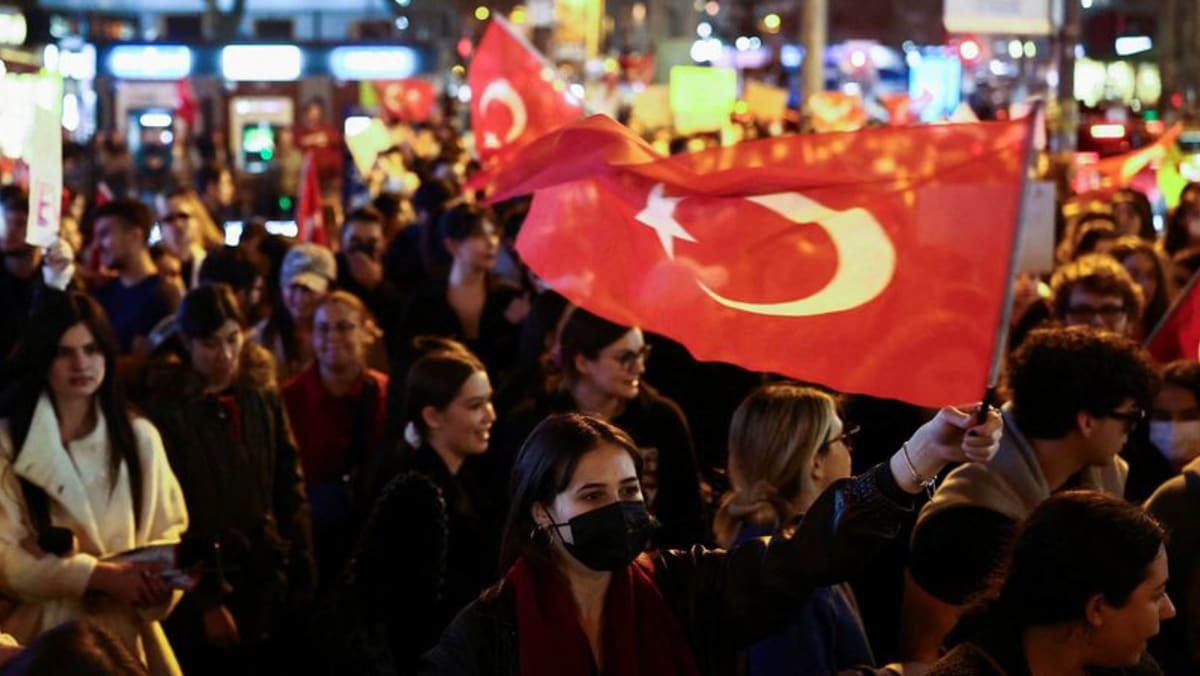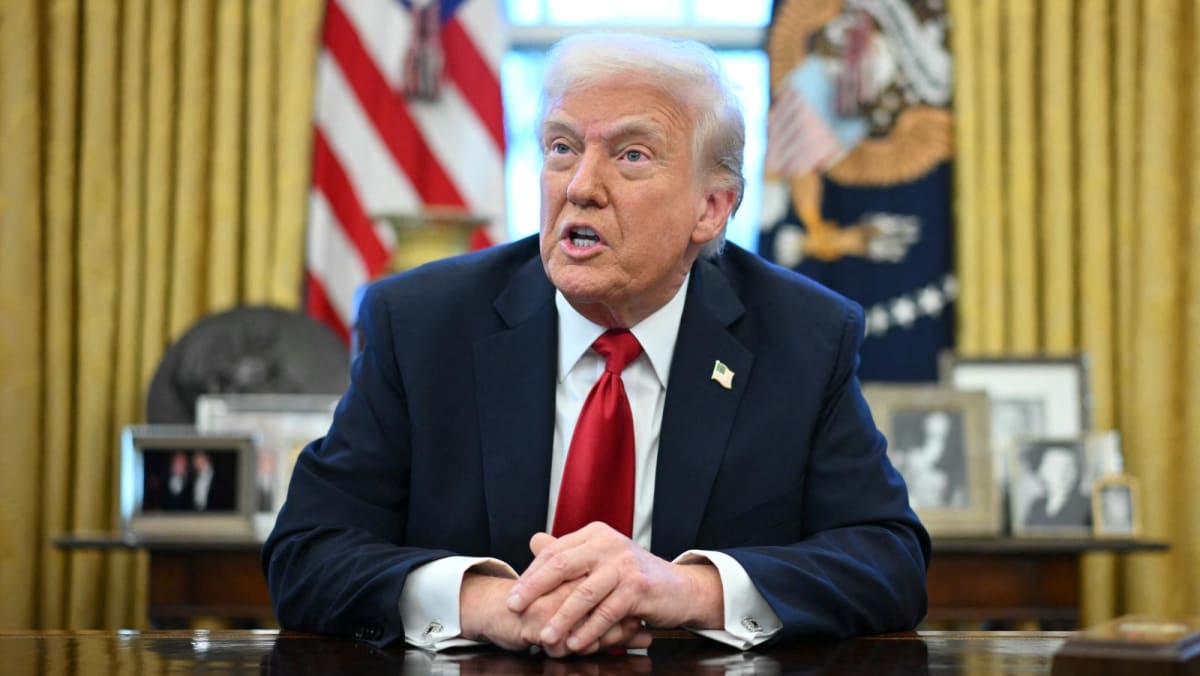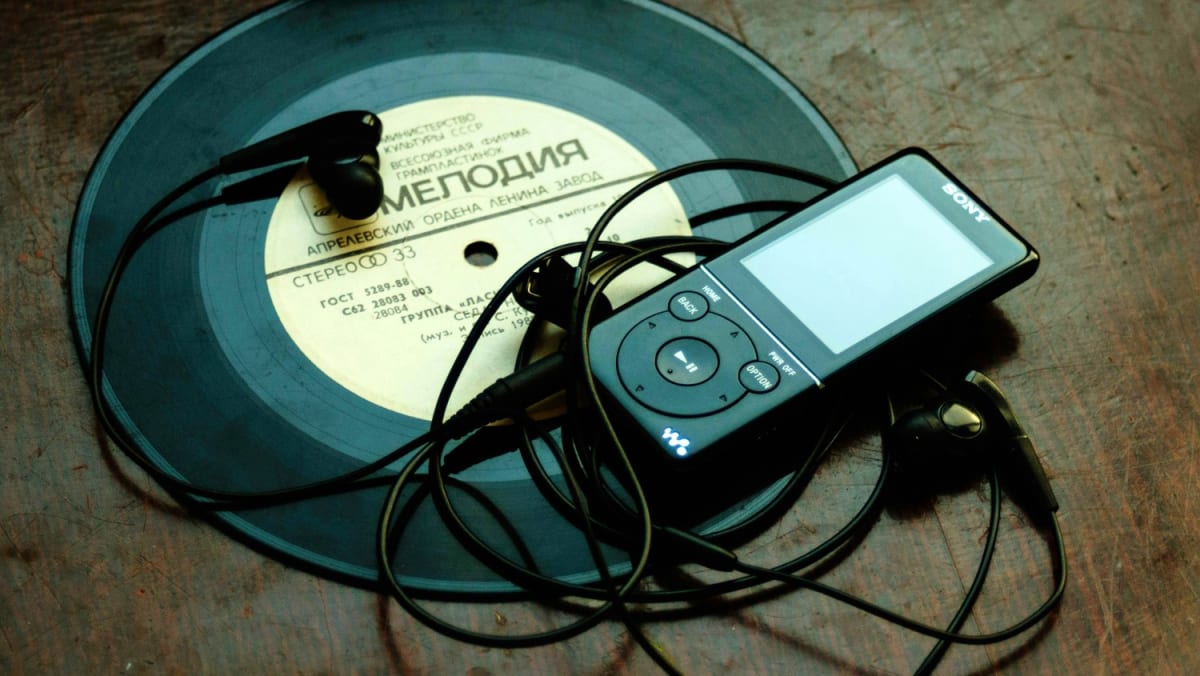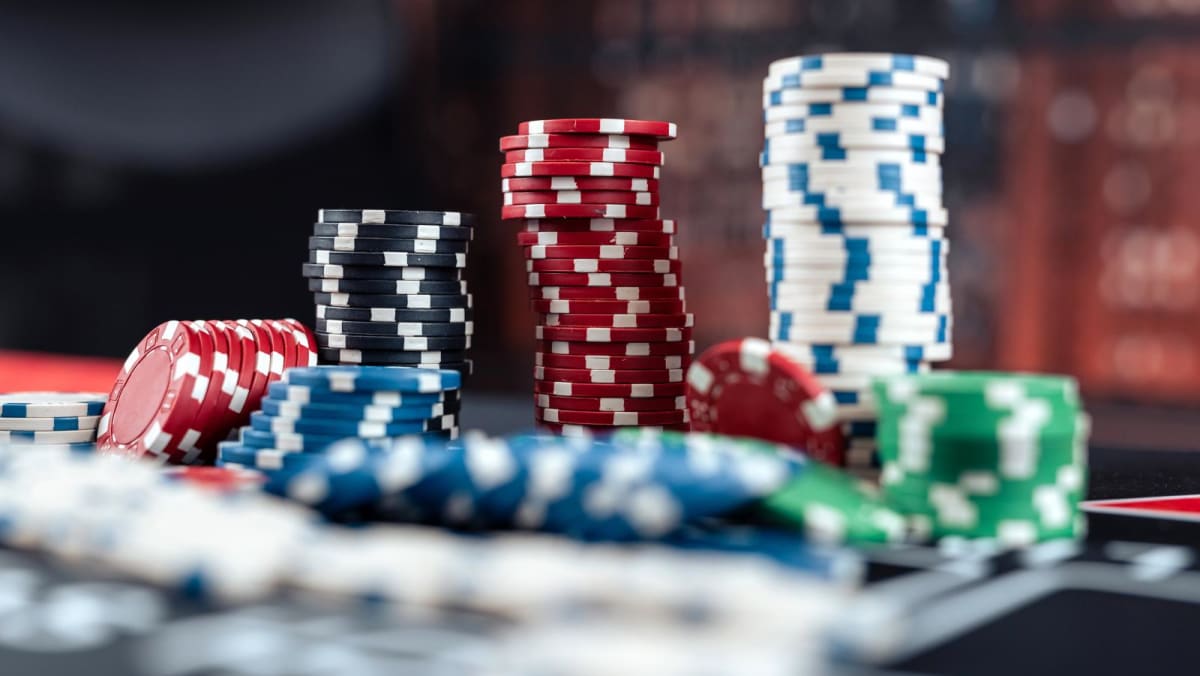Commentary: Return of China’s panda diplomacy with US signals warming of ties after years of tension
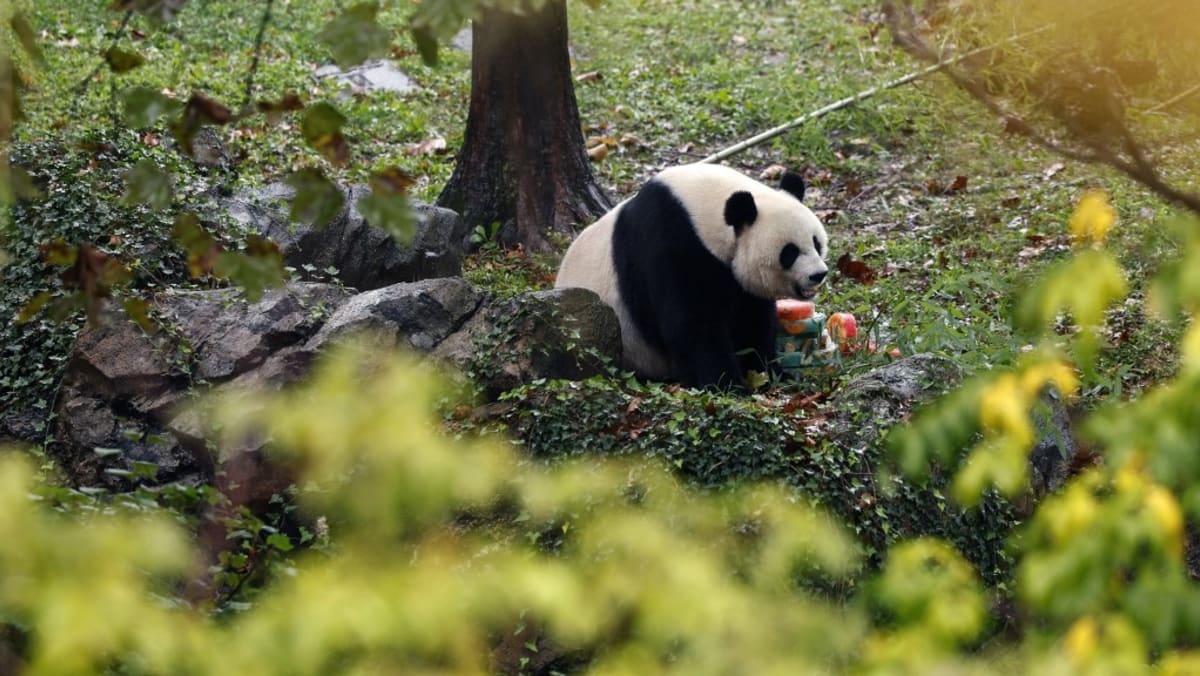
WHAT’S THE HISTORY?
The Smithsonian’s zoo, arguably the birthplace of panda diplomacy in the West, had been home to giant pandas since 1972. It was from Nov 8, 2023, that the zoo lost its giant pandas for the first time in more than 50 years, when Mei Xiang, Tian Tian and their offspring, Xiao Qi Ji were flown back to China.
At that point, there were suggestions that panda diplomacy was over as tensions between the US and China had risen significantly. Relations between US and Chinese businesses also seemed to be getting worse. A survey by the US-China Business Council of its members in 2023 found that 34 per cent had stopped or reduced planned investment in China over the previous 12 months.
But later in November, China’s President Xi Jinping held a four-hour summit with President Joe Biden at the Asia-Pacific Economic Cooperation (APEC) conference in San Francisco and signalled that there was potential for rapprochement. Xi said that, in a world of challenges, the US and China “must handle our relations well”. Xi alluded to the pandas’ popularity with Americans.
He added that China is “ready to continue our cooperation with the United States on panda conservation”, and added that China will “do our best to meet the wishes of the Californians so as to deepen the friendly ties between our two peoples”.
Xi also set up a dinner with hundreds of tech executives including Apple CEO Tim Cook and business leaders on the sidelines of the APEC meeting. So it would seem logical that Beijing has decided to send its national treasures to California to signal the state’s importance to the Asian superpower.
It looks like Beijing’s willingness to send its bears back to the US is part of a strategy to improve not only its political relationship with Biden, but, perhaps more importantly, to help bring back US investment, and reframe Beijing as a friendlier trading power.
Chee Meng Tan is Assistant Professor of Business Economics, University of Nottingham. This commentary first appeared in The Conversation.
Source: CNA





